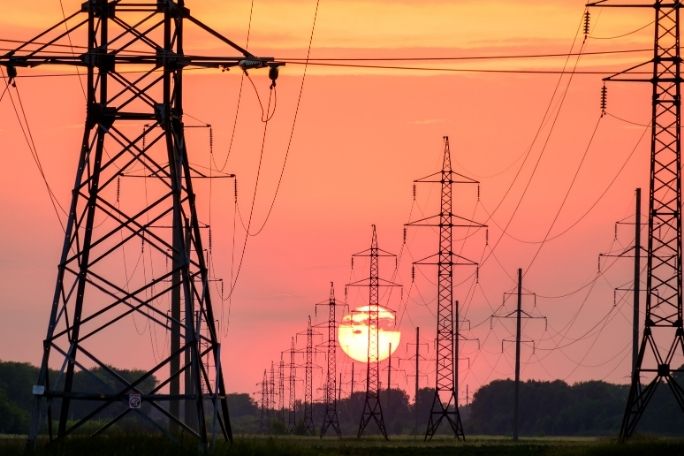Lesson summary
Students collect data at home about their family’s energy consumption over one day. Students then identify potential energy reduction strategies.
Key lessons and understandings of activity:
- How much energy do students personally use?
- How much energy do the families of students use?
- What actions can we take to reduce energy consumption?
N.B. Confirm that this activity complies with your school’s privacy policies. Your school may require you to send a letter home with the students requesting that students collect data.
Lesson guides and printables
Curriculum links
Select your curriculum from the options below.
Lesson details
Curriculum mapping
Australian Curriculum content descriptions:
Year 5 Mathematics:
- Pose questions and collect categorical or numerical data by observation or survey (ACMSP118)
- Describe and interpret different data sets in context (ACMSP120)
Year 5 Science:
- Scientific understandings, discoveries and inventions are used to solve problems that directly affect peoples’ lives (ACSHE083)
Year 6 Mathematics:
- Interpret and compare a range of data displays, including side-by-side column graphs for two categorical variables (ACMSP147)
Year 6 Science:
- Energy from a variety of sources can be used to generate electricity (ACSHE100)
- Scientific understandings, discoveries and inventions are used to solve problems that directly affect peoples’ lives (ACSHE100)
Syllabus Outcomes: SC4-7WS, MA3-18SP, MA3‑1WM, MA3‑3WM
General capabilities: Critical and creative thinking, Personal and social capability
Cross-curriculum priority: Sustainability OI.7., OI.8
Relevant parts of Year 5 Mathematics achievement standards: Students pose questions to gather data, construct data displays appropriate for the data, and interpret different data sets.
Relevant parts of Year 5 Science achievement standards: Students discuss how scientific developments help us solve problems
Relevant parts of Year 6 Mathematics achievement standards: Students interpret and compare a variety of data displays
Relevant parts of Year 6 Science achievement standards: Students explain how scientific knowledge helps us to solve problems and inform decisions.
Time required: This activity can be set as homework or set over the period of one whole day
Level of teacher scaffolding: Assist students in analysing their energy usage and participate in the activity if you are really keen! Engage students in a discussion around the result
Resources required
- Student Worksheet – one copy per student OR computers/tablets to access the online worksheet.
- One home electricity bill
Skills
This lesson is designed to build students’ competencies in the following skills:
- Critical thinking
- Problem solving
- Creativity
- Collaboration
- Digital literacy
- Communication
Additional info
This is an original Cool.org lesson. Facts and figures in these lessons may have changed since this lesson was published. We always endeavour to update our resources in a timely manner, but if you see an error or issue in our resources please get in touch with us.


Welcome back!
Don't have an account yet?
Log in with:
Create your free Cool.org account.
Many of our resources are free, with an option to upgrade to Cool+ for premium content.
Already have an account?
Sign up with:
By signing up you accept Cool.org's Terms and Conditions(Opens in new tab) and Privacy Policy(Opens in new tab).